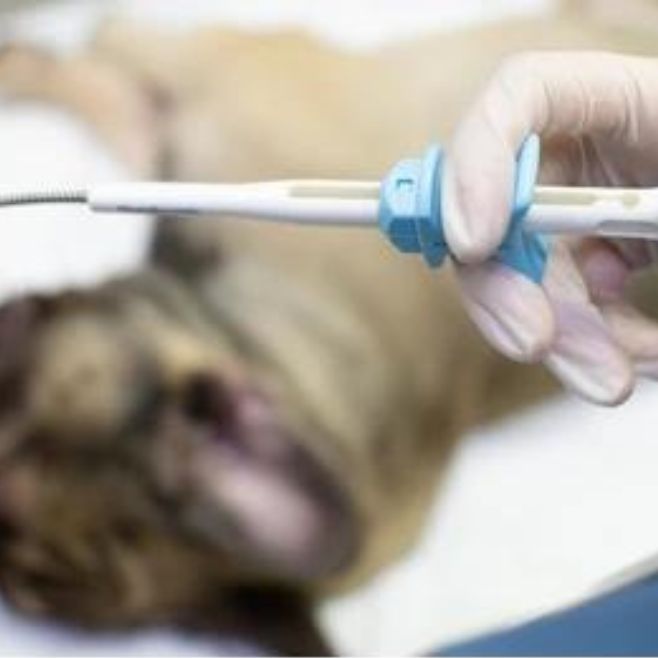
The Ultimate Guide to Microchipping for Pets: Keeping Your Furry Friend Safe and Secure
Call (786) 536-5144
Are you worried about losing your beloved pet? Microchipping for pets is a popular solution to keep them safe and secure. Read on to learn more about this technology and how it can help you and your furry friend.

